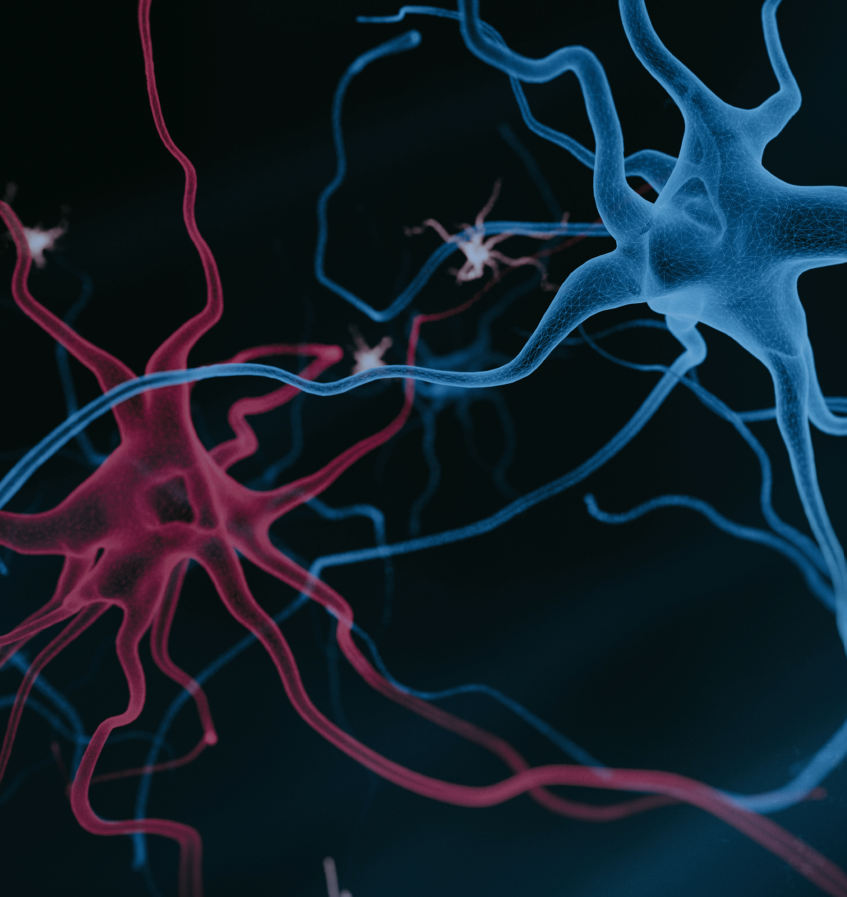Researchers at Waterloo Institute for Nanotechnology (WIN) collaborate across eleven different departments to discover and innovate new ideas, inventions and improve on our quality of life — all made possible by state-of-the-art facilities and equipment.
WIN research is global. Its membership is interdisciplinary and collaborative. Its focus is on the future and on improving the quality of life for all.
Discovery & Innovation
Science and discovery are at the heart of our research. But it is our commitment to real-world innovation and application engineering that defines nanotechnology research at WIN.
We believe that discovery and innovation happens at the interfaces of traditional disciplines. For that reason, WIN research faculty are drawn from eleven departments: Applied Mathematics, Biology, Chemical Engineering, Chemistry, Civil and Environmental Engineering, Electrical and Computer Engineering, Mechanical and Mechatronics Engineering, Physics, the School of Environment, Enterprise and Development, the School of Pharmacy, and Systems Design Engineering.
Research Thematic Areas

Smart and Functional Materials
Characterization, 2D and quantum materials, quantum dots, CNT, biomaterials, additive manufacturing.

Connected Devices
Sensors, MEMS/NEMS, flexible electronics, wearable devices, LoC, IoT and AI for sensors, human-machine interface.

Next Generation Energy Systems
Low-carbon sustainable technologies, batteries, solar cells, fuel cells, catalysis, artificial photosynthesis.

Therapeutics and Theranostics
Targeted drug delivery, tissue engineering, minimally invasive treatment of disease, immunotherapy, medical imaging.